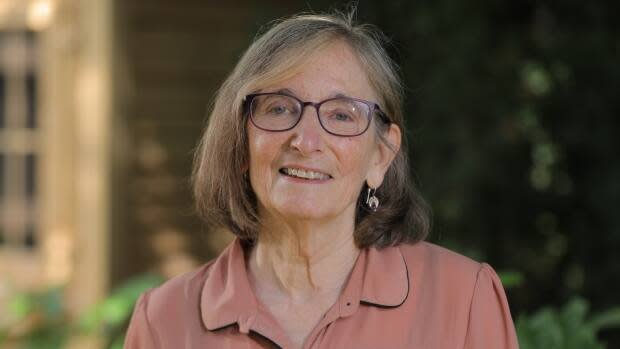Aeronautical engineer says planes pose less COVID risk than most indoor spaces

After a Calgary doctor filed a human rights complaint about the removal of mask mandates on airplanes, a Montreal-based aeronautical engineer says the risk of catching COVID-19 and other airborne illnesses is lower on planes than in most indoor spaces.
"The risk in the cab of an aircraft is probably the lowest of all indoor environments that you could actually be in," said Nigel Waterhouse, president of Can-Am Aerospace.
Waterhouse said that's because of the way air flows in a pressurized cabin. While people often think of an airplane as a balloon that's inflated and then sealed, in fact, Waterhouse said, air is constantly flowing in and out.
In large airplanes, the air in the cabin is replaced about once every two to three minutes, said Waterhouse.
Airflow is at its highest point once pressure in the cabin reaches about 8,000 feet (2,440 metres).
"But as soon as the doors are closed and the engines are started, the ventilation system is running to meet the minimum fresh air requirements," said Waterhouse, who is also designated by Transport Canada to approve aircraft design.
Risk during boarding, deplaning
Still, Waterhouse said there's more of a risk during boarding and deplaning because of close contact with other passengers. That's when he suggests wearing a mask, though he doesn't think it's needed throughout the entire flight.
The federal government has said it continues to recommend travellers wear masks during their trips.

Industrial hygienist Marianne Levitsky thinks the government should have kept mask mandates in place while the pandemic continues. Ventilation might not be foolproof if a person is right next to someone who is infectious, she said.
She also flagged the beginning and end stages of a flight as a particular concern. It's crowded, people are exerting themselves while putting their bags overhead and air circulation might not be optimal, she said.
"That could be a time of high risk," said Levitsky, who lectures at the Dalla Lana School of Public Health in Toronto and is an expert in aerosol transmission.
"It's great that they have good ventilation, that's a very good thing … but it's not going to totally solve the problem."
On the whole, Levitsky said she thinks the government should have kept mask mandates in place while the pandemic continues.
She recommends wearing a well-fitting N95 mask or equivalent.
The mask mandate for air and rail travellers will lift Oct. 1.

 Yahoo Movies
Yahoo Movies 
